We may earn money or products from the companies mentioned in this post. This means if you click on the link and purchase the item, I will receive a small commission at no extra cost to you ... you're just helping re-supply our family's travel fund.
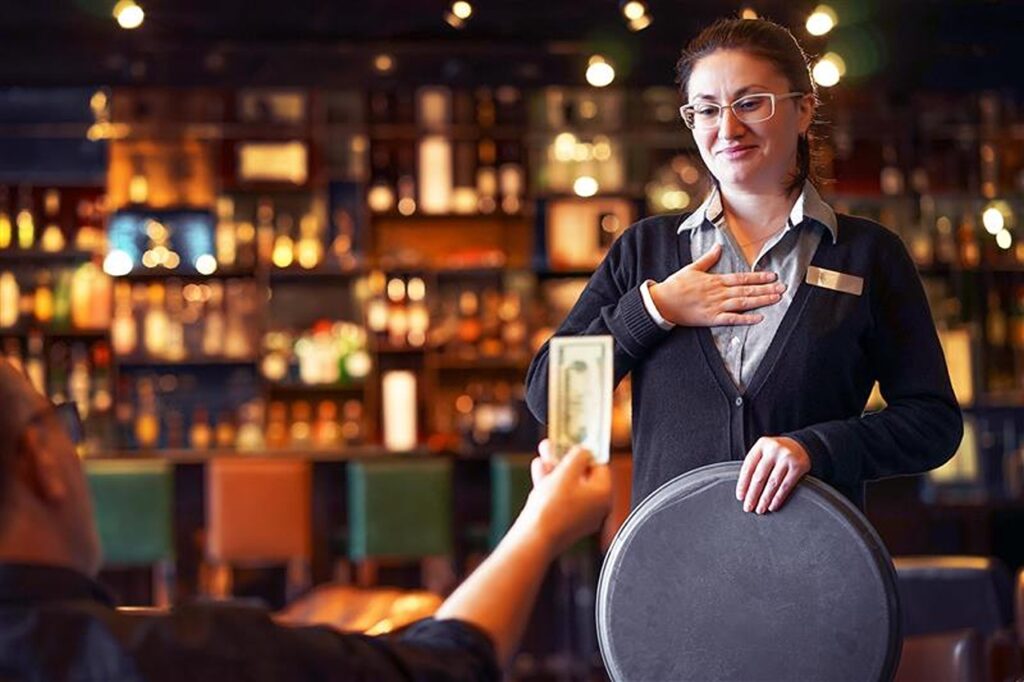
You book the table, order well, and then the screen spins with tip prompts you didn’t expect. Tipping has shifted fast, and not the same way everywhere. In some places a service charge now replaces the tip. In others, the tip is still how staff get paid. Read the receipt, know the baseline, and protect your budget without shortchanging people who serve you. Here’s a clear playbook so you can tip with confidence, skip awkward moments, and leave every meal on good terms.
1. Read The Bill For Service Charges
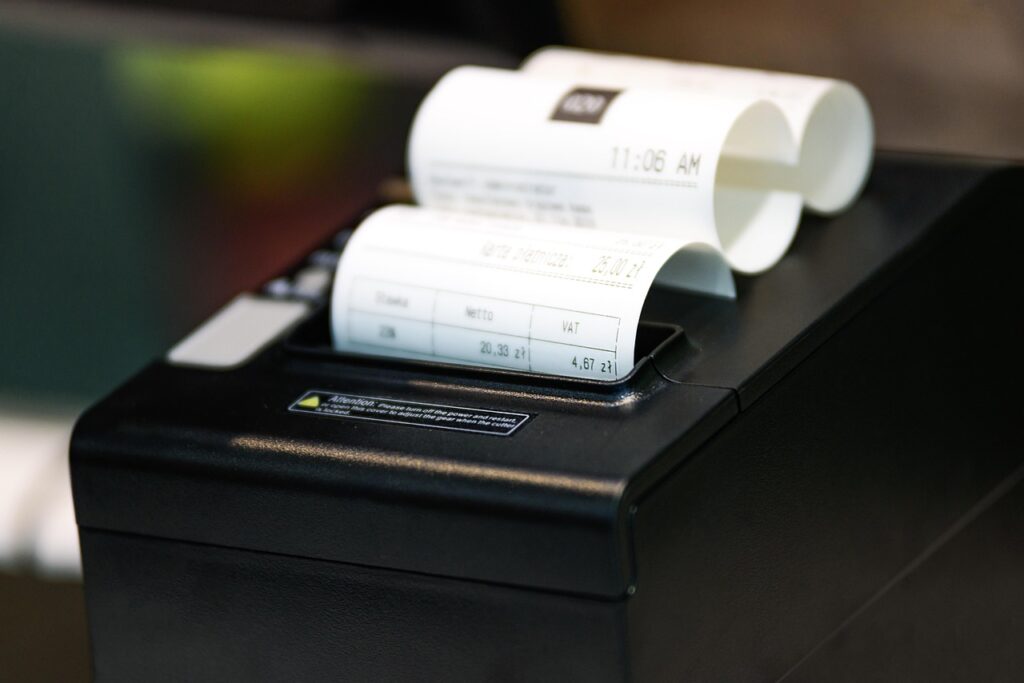
Start by scanning the receipt. If you see service charge, service compris, coperto, or cubierto, a percentage has already been added. In the UK you may now see 12.5 to 15 percent as a discretionary line, and some pubs have tested a small service fee on bar orders. You can ask to remove a discretionary charge if the service missed the mark. If nothing is added, tip based on local norms, not the machine’s highest suggestion.
2. Know Where No Tip Is The Norm
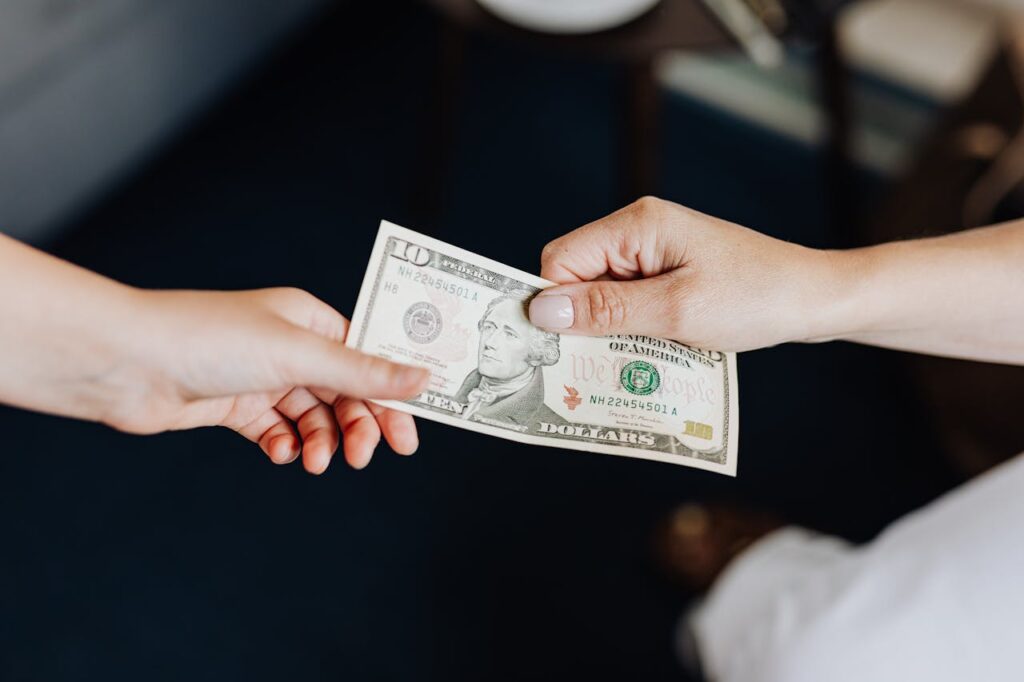
In Japan and South Korea, tipping is not customary and can even be refused. Prices are set to cover wages, and a clean thank you is the right finish. If a hotel or high-end restaurant adds a 10 percent service charge, that is your tip. For taxis and casual counters, round to the nearest convenient amount or leave loose coins if locals do. When in doubt, watch what people around you do, then match it.
3. Set Your U.S. And Canada Baseline

In the United States, plan for 18 to 20 percent on the pre-tax total for good table service. Tip 15 percent for just ok, more for standout care. For counter service, coffee bars, or fast casual, 5 to 10 percent or a dollar per drink is plenty, and skipping the prompt is acceptable. In Canada, 15 to 20 percent is common in cities. Large parties often have auto-gratuity added, so check before stacking a second tip.
4. Adjust To The UK’s New Normal
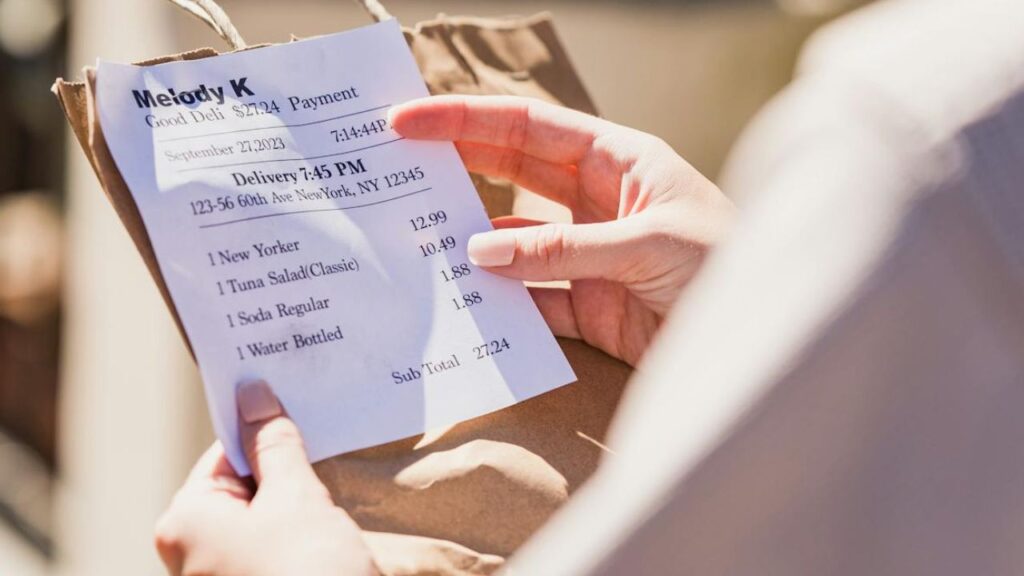
Across the UK, a 12.5 to 15 percent discretionary service charge is increasingly standard at sit-down spots, and some venues add a small service fee on bar tabs. New rules require that tips and service charges go to staff, which helps. If a charge is discretionary, you can ask to reduce or remove it, then leave cash directly for great service. For quick drinks at the bar, rounding up or leaving small change remains polite, not mandatory.
5. Decode Western Europe’s Fine Print
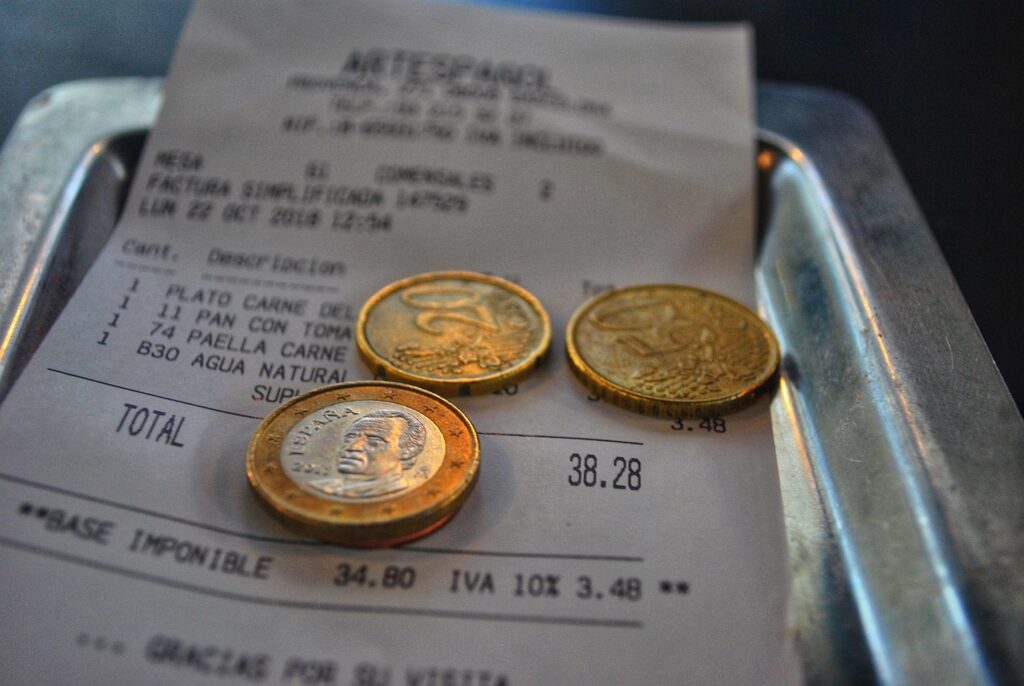
In France you may see service compris on the bill, which means service is included. Many locals still leave coins or 5 to 10 percent for exceptional service. In Italy, coperto is a per-person cover for bread and tableware, not a tip. Add a few euros or up to 10 percent if the meal and service shine. In Spain and Portugal, rounding up or 5 to 10 percent at nicer places is a courteous extra, not an obligation.
6. Handle Tip Screens Without Guilt
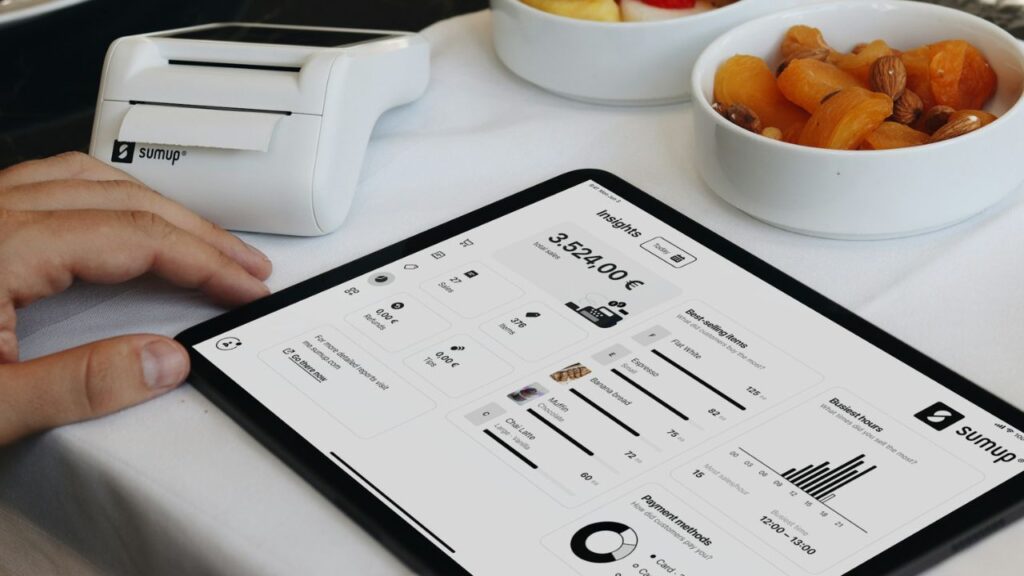
Tip prompts are everywhere, even where tipping isn’t expected. If you ordered at a counter and bussed your own table, choose custom and enter a small amount or politely decline. If a person guided you through a cocktail list, remembered your allergies, or plated at the counter, 10 percent fits the service. Your goal is consistency. Reward service, not pressure from a tablet. Smile, say thanks, and tap with intention.
7. Watch For Auto-Gratuity On Groups And Resorts

Restaurants often auto-add 18 to 20 percent for groups, resort restaurants, and cruise specialty venues. That line may be labeled service, gratuity, or hospitality. If you see it, you’ve already tipped. Add a small extra only for outstanding care. At all-inclusive resorts and on ships, daily service charges often cover dining room staff, so individual tips are optional unless someone truly goes above and beyond.
8. Use Cash When You Want Certainty
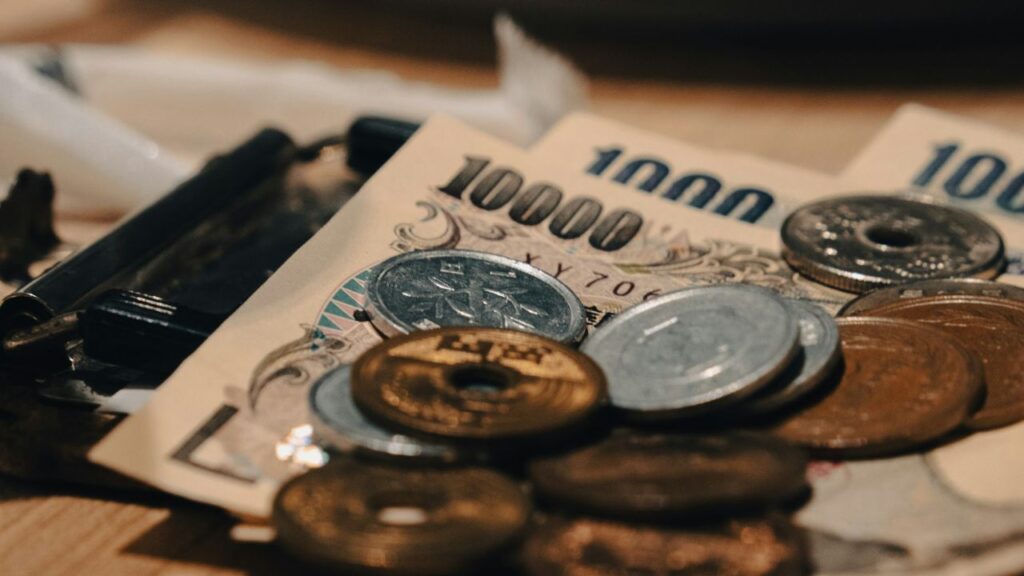
If you worry a card tip won’t reach your server or will be pooled differently than you intend, hand over cash with a thanks. It is direct and simple. In places that split tips across teams, a card tip supports the wider staff. Both approaches are valid. Choose the method that matches your goal, and keep small bills handy so you are not forced into over-tipping because you lack change.
9. Match Latin America’s Mixed Model
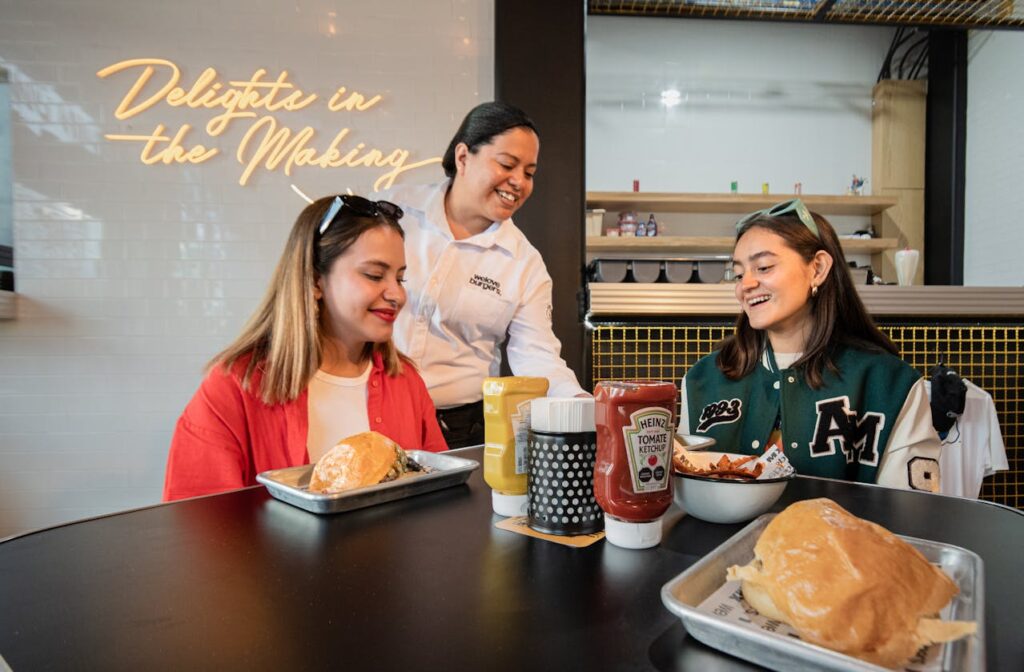
Across Mexico, Brazil, Argentina, and Chile, a 10 percent propina is common for full service. Brazil often adds a 10 percent service line by default. In Mexico, tourist areas may suggest 12 to 15 percent, while locals round to 10. For street food and market counters, round up. If a service line appears, ask if it is shared with staff, then add a little extra in cash if the service was excellent and you want it to go directly.
10. Plan For Hotels, Room Service, And Bars
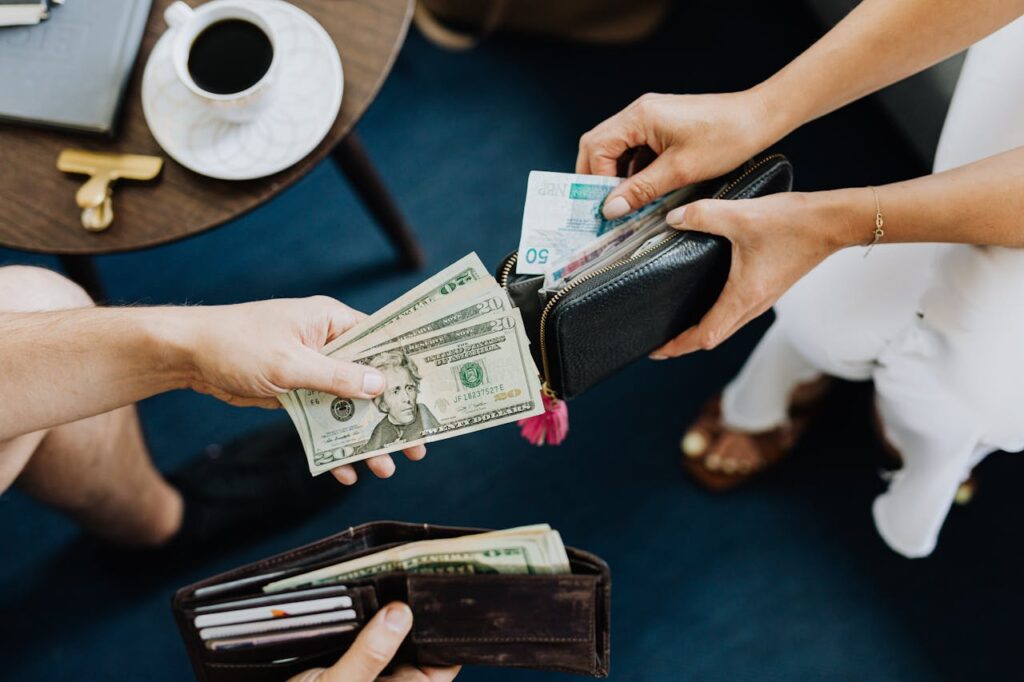
Room service almost always carries a delivery fee plus a service charge, and the screen can still ask for more. If service is already listed, add a token 5 percent or just write thanks. Hotel restaurants follow local norms, not hotel brand rules. At bars worldwide, tip per round when there is craft involved, or round the total for simple pours. The goal is to acknowledge effort without double-paying a covered charge.
11. Spot Add‑Ons Beyond Restaurants

Gratuities appear in more places than dining rooms, so scan for them in salons, spas, tours, and delivery apps. For hair and beauty, 15 to 20 percent is common where tipping is part of pay, while fixed service fees sometimes replace it. Guides typically receive per‑person envelopes or a percentage of the tour cost, and delivery screens may bundle driver tips with platform fees. Read the line items, tip people rather than systems, and keep small cash on hand when direct thanks matters most.